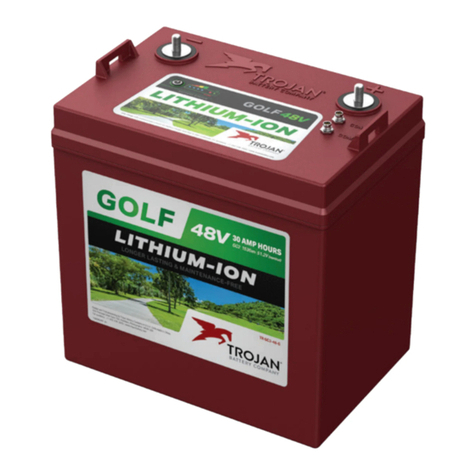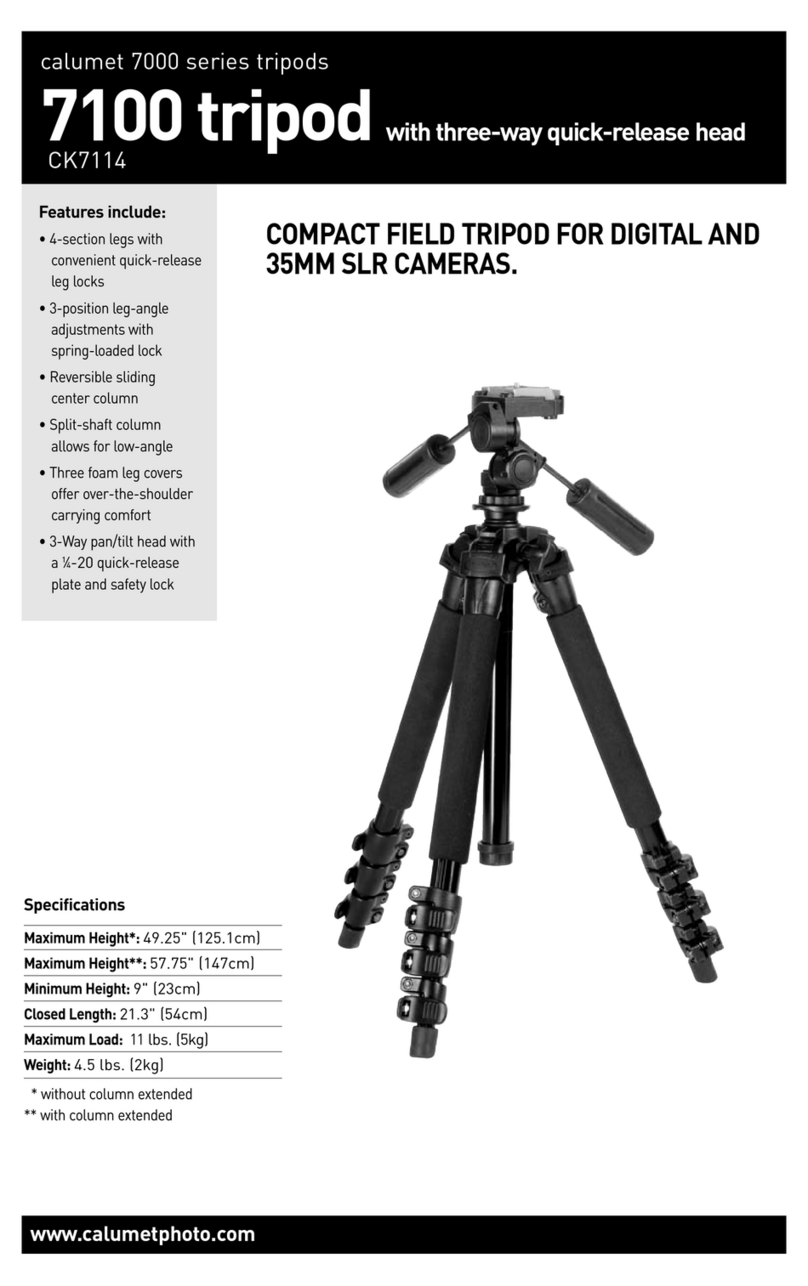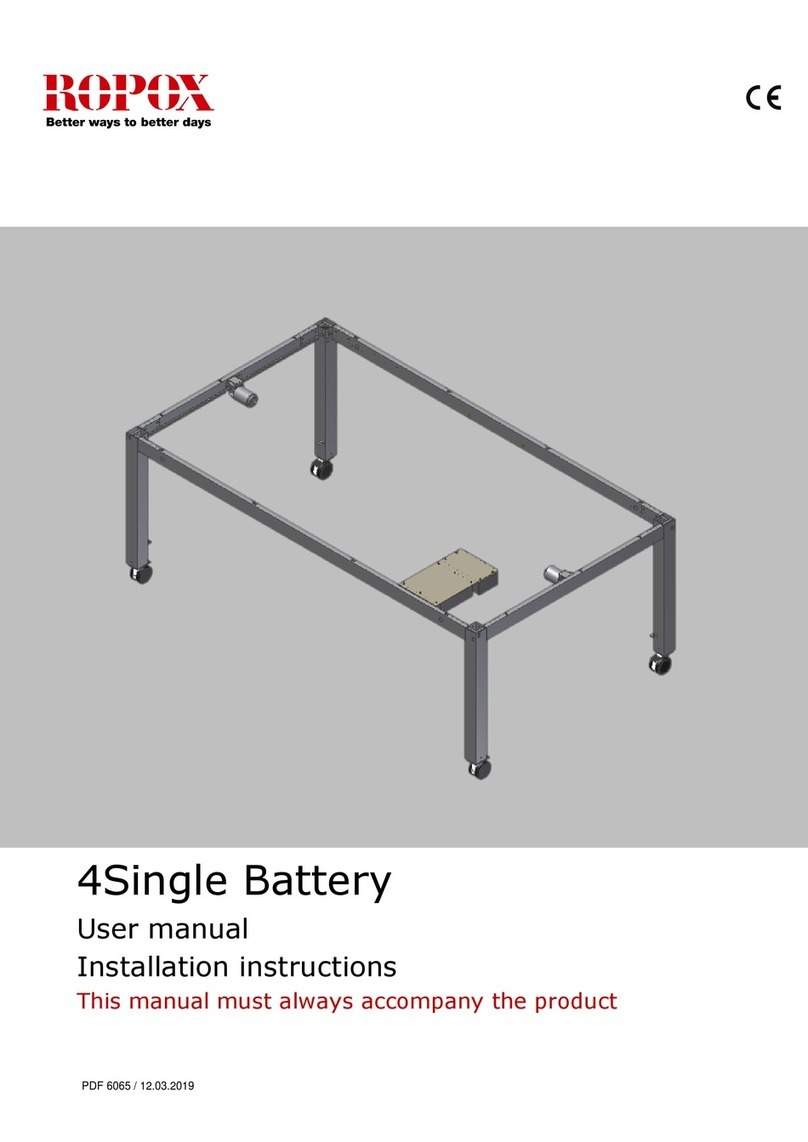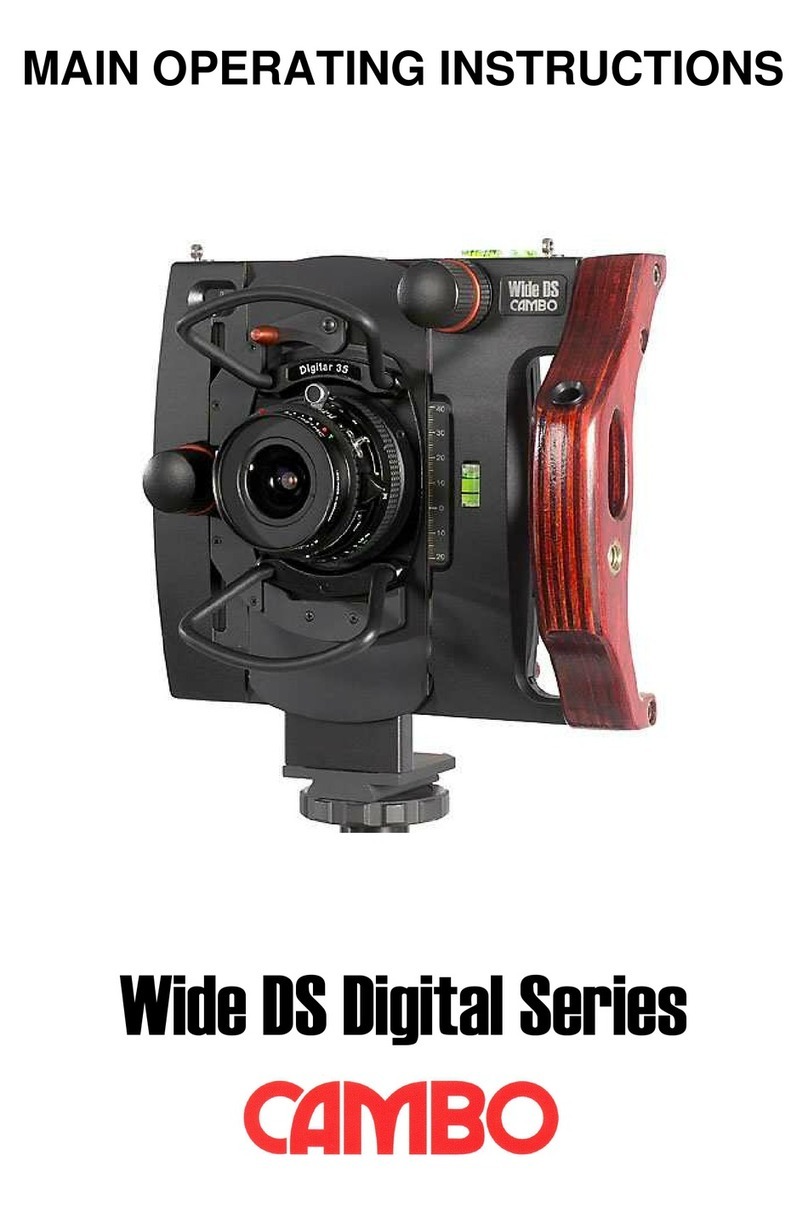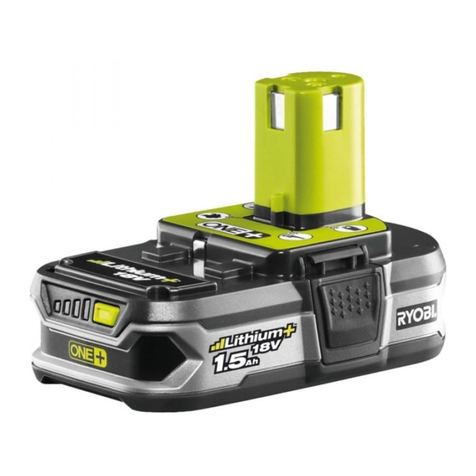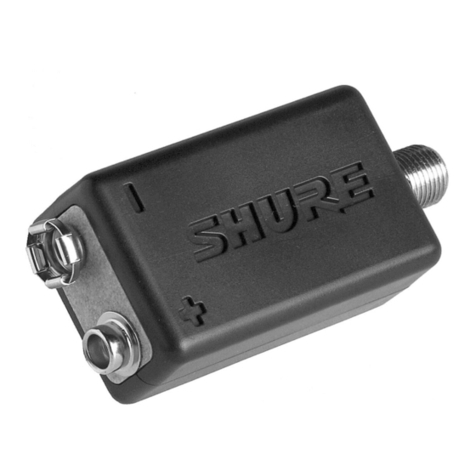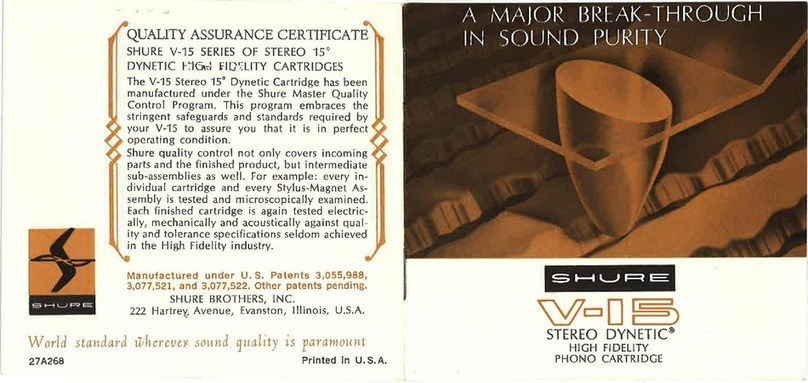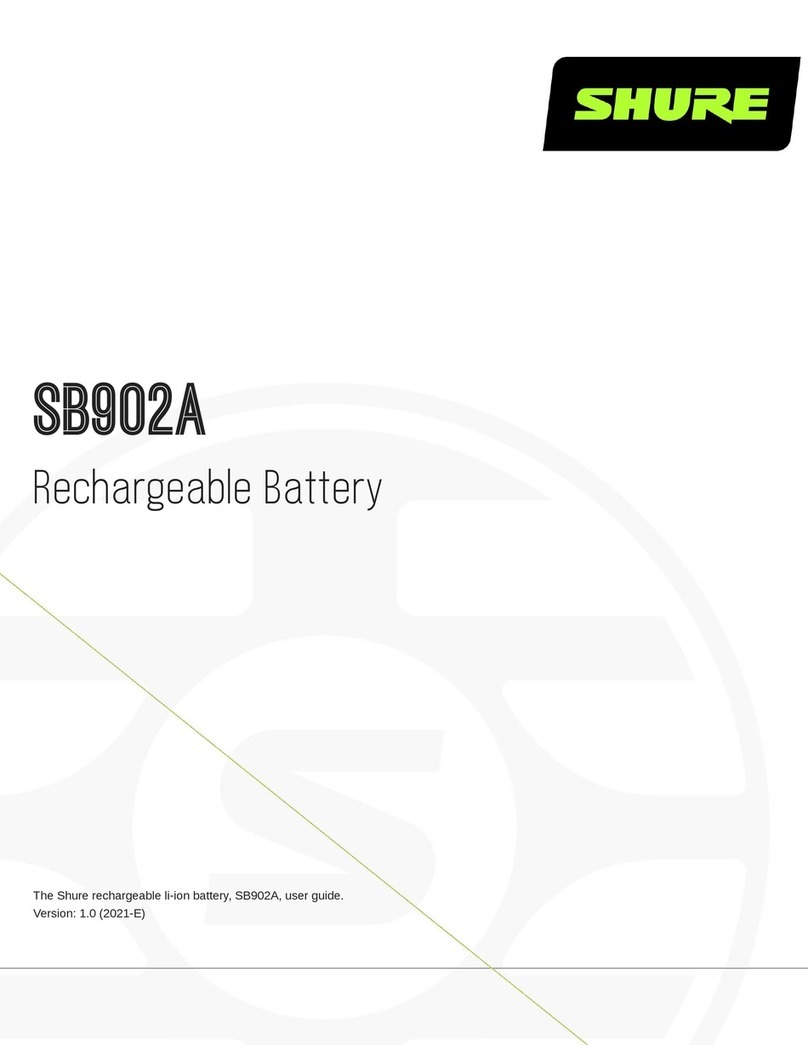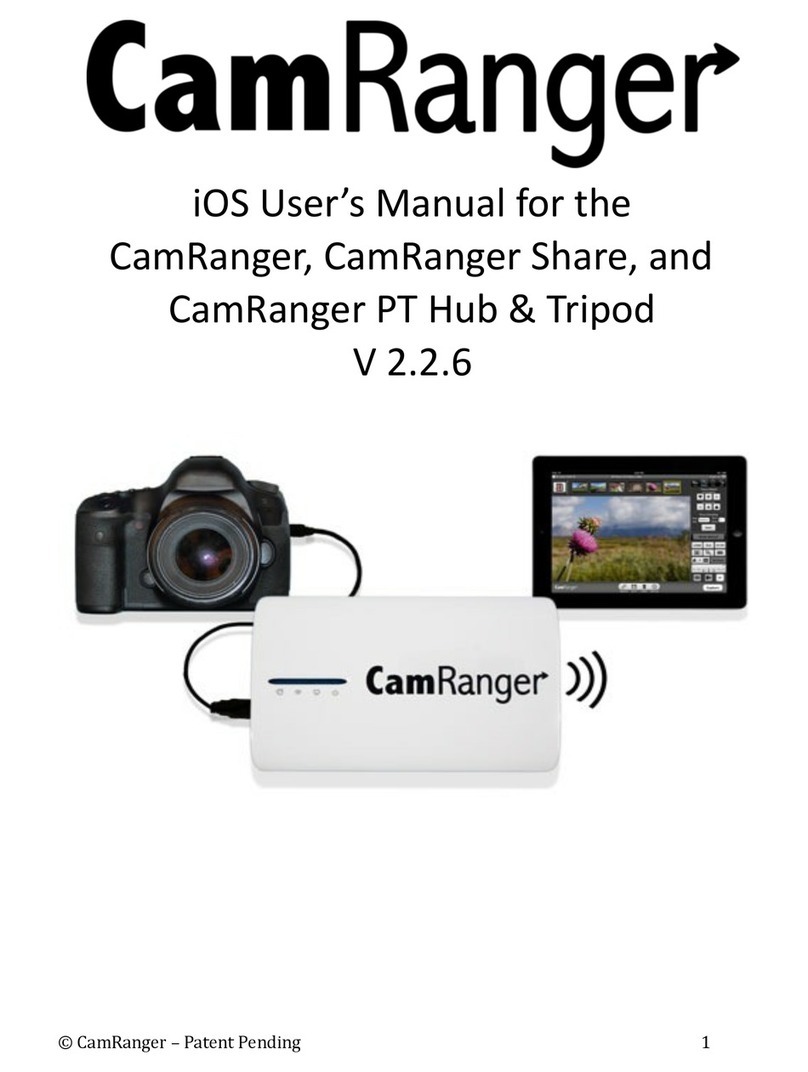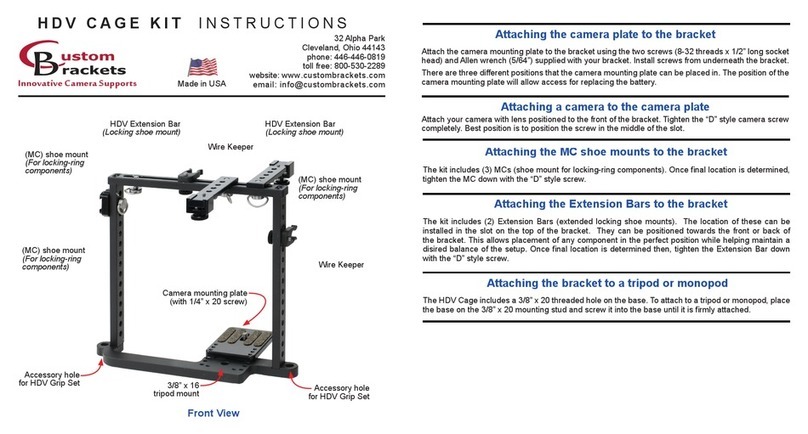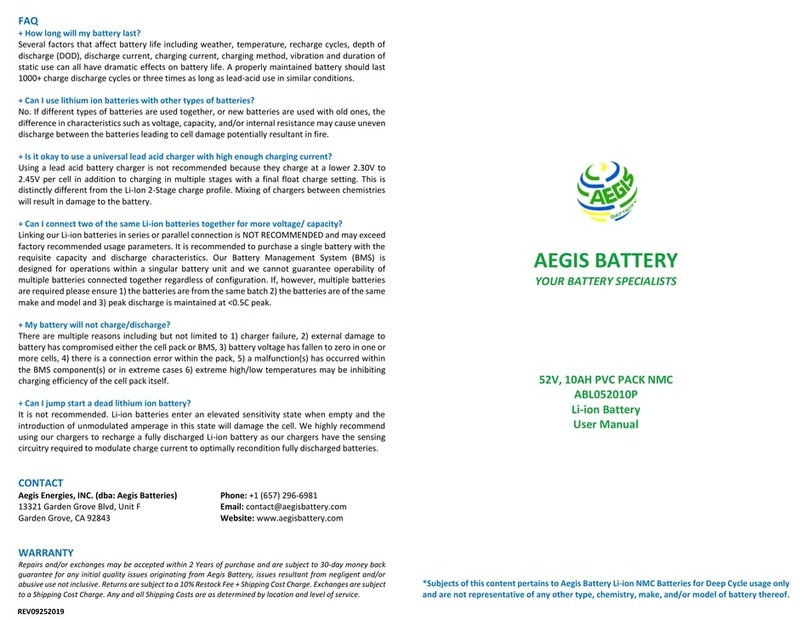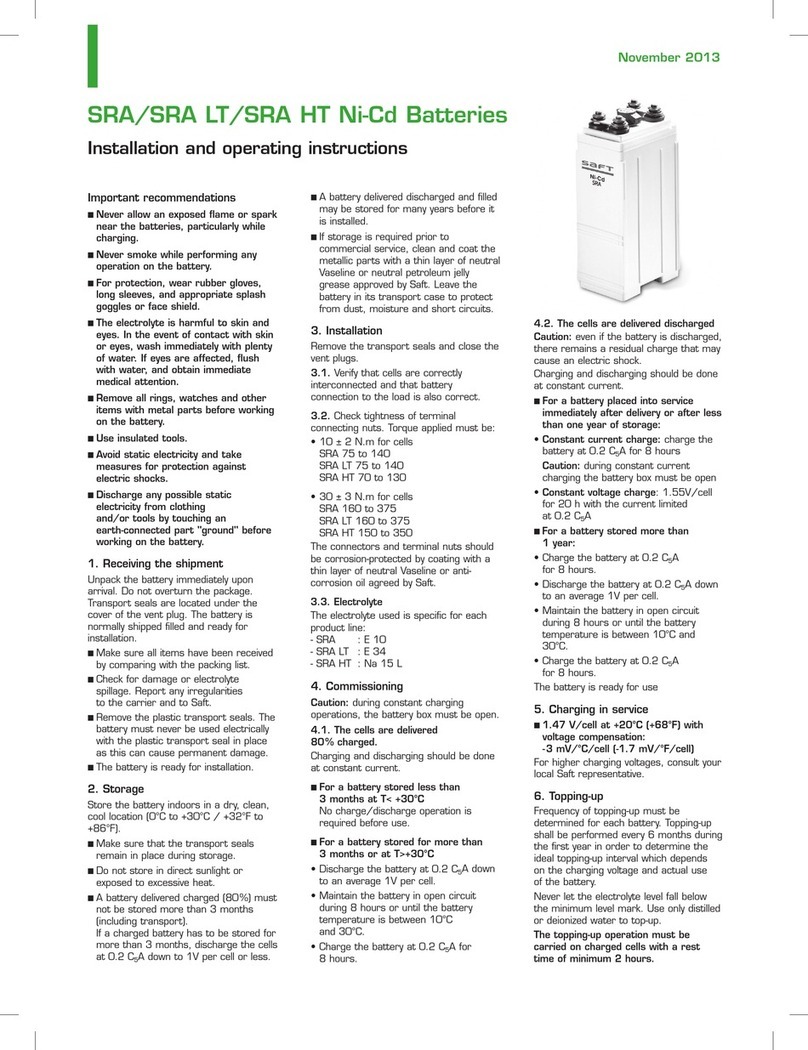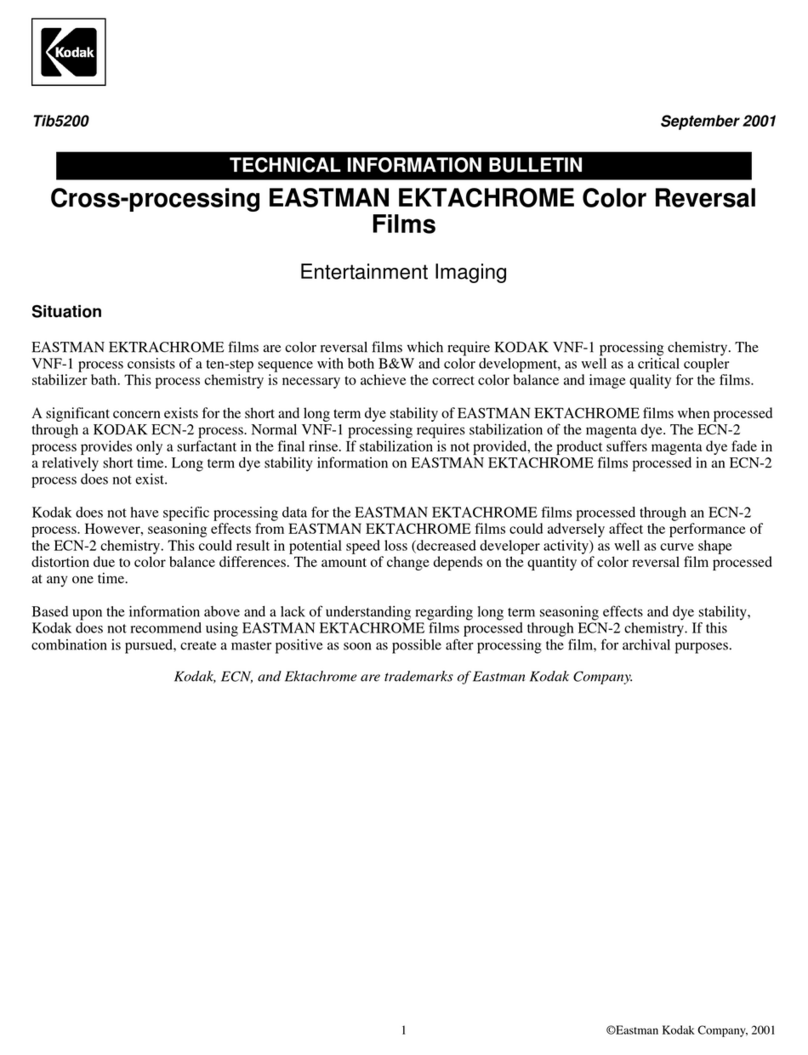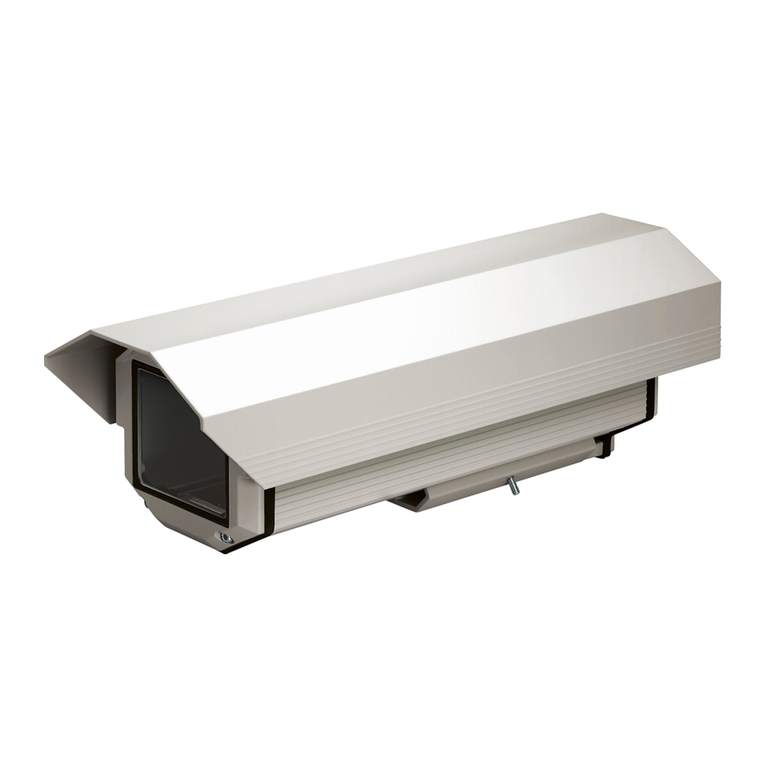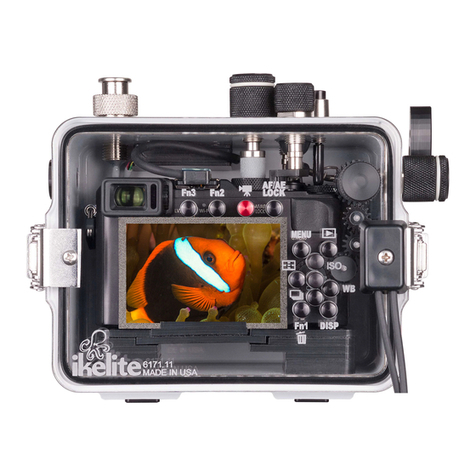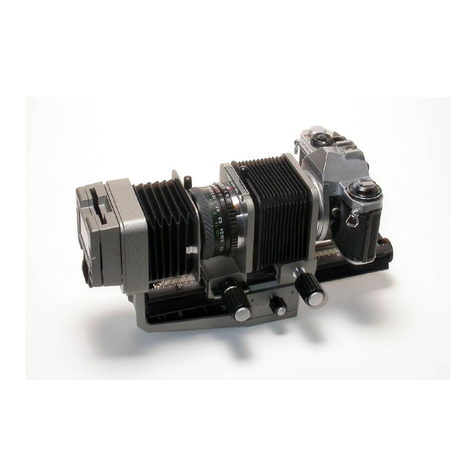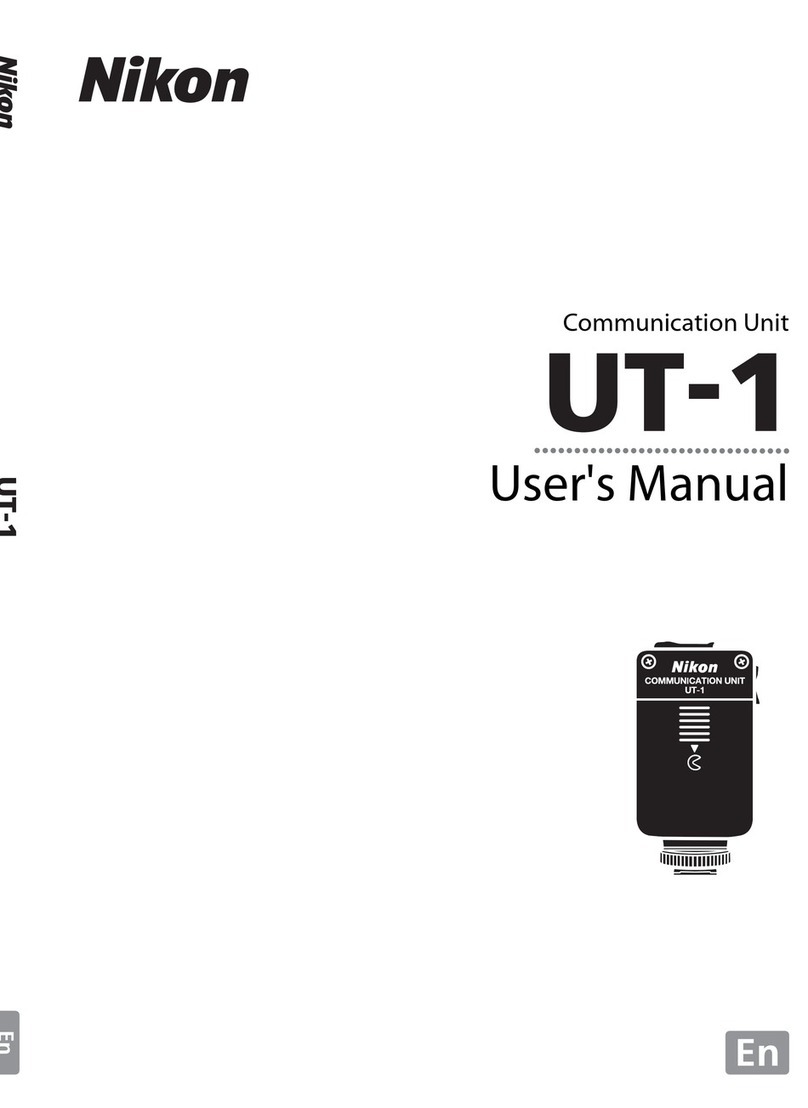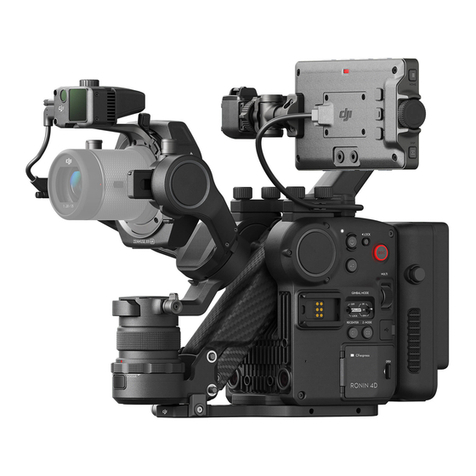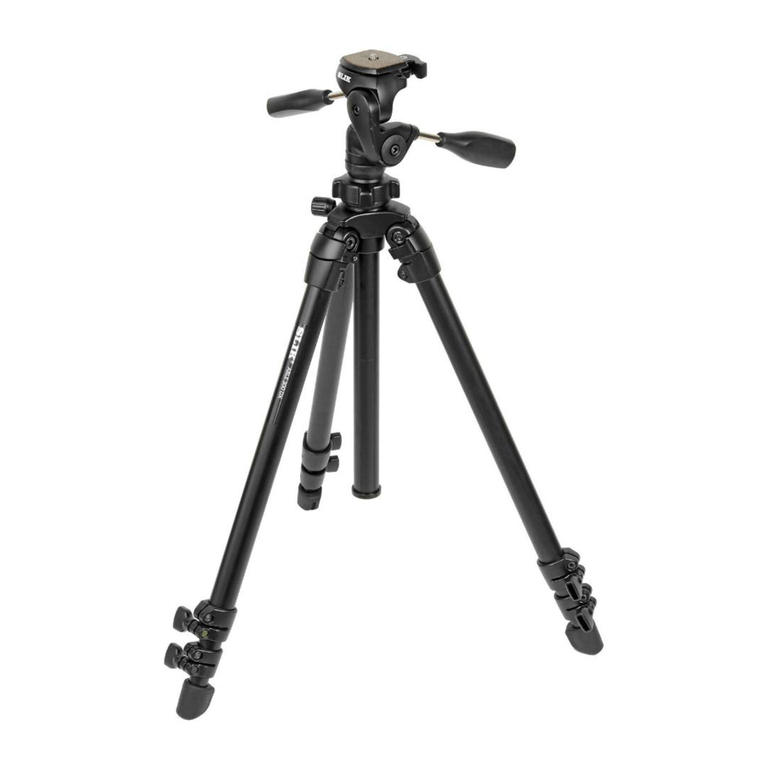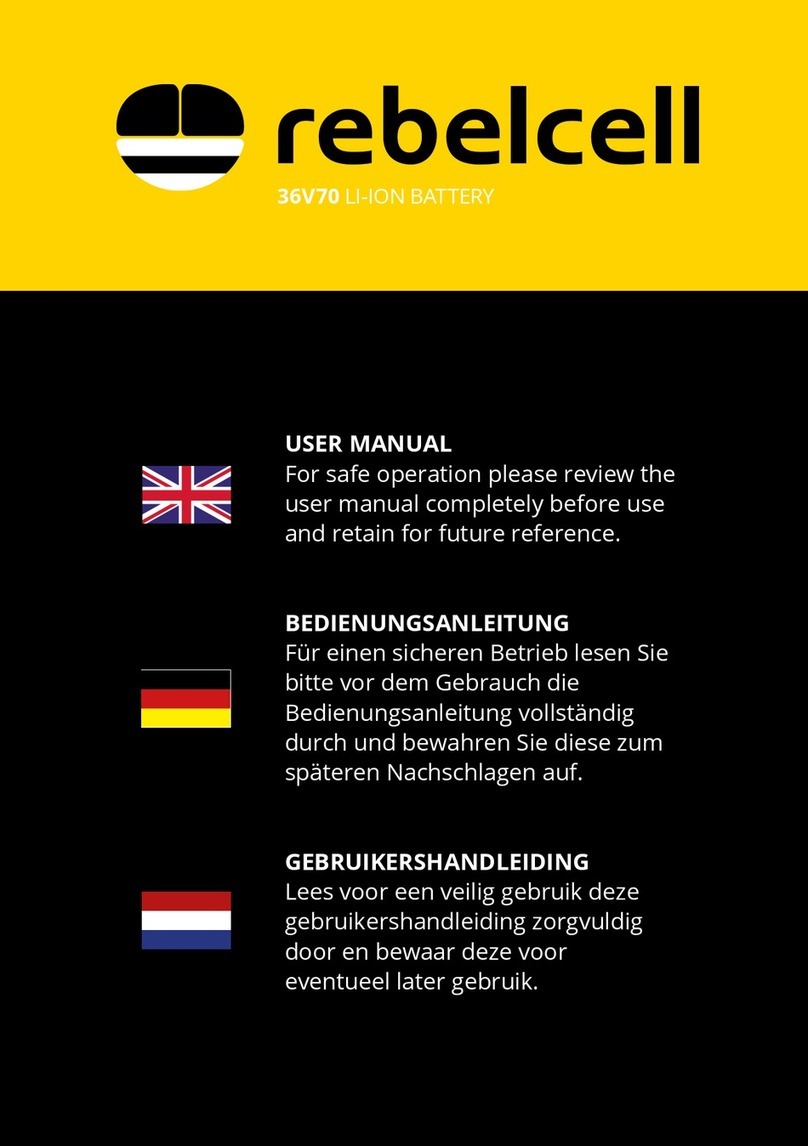
THE
PROBLEM:
Although audiophiles prefer minimum tracking forces to mini-
mize record wear and preserve fidelity, record makers prefer to
cut recordings at maxlmum levels with maxlmum cutting ve-
locities to maximize signal-to-noise ratios. Unfortunately, some
h~gh
level recordings are cut at veloc~tiesso great that even
excellent cartridges have been unable to track some passages,
particularly the h~ghand midrange
transients.
Hence, high-level
recordings of orchestral bells, harpsichords, planos, etc., cause
the stylus to part company with the wildly undulating groove
(~tact~iallyceases to track). At best, this produces an audible
click; at worsi, susta~nedgross d~stortionand outright noise
results. The "obvious" solut~on
of increas~ngtracking force is ~mpract~cal
because this calls for a stiffer stylus to suppo
the greater weight, and a st~fferstylus
w~llnottrack these transients or heavy
low-frequency modulat~on-to say noth~ng
of the heavier force accelerating record and
stylus wear to an intolerable degree.
